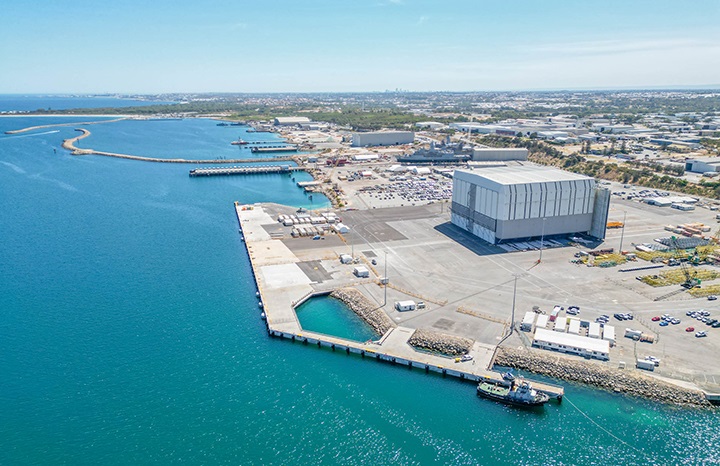Who determines Part 11B applications?
The WAPC has delegated the SPC authority to undertake all its functions in relation to Part 11B applications, including determination. The WAPC has also delegated certain functions to the WAPC Chairperson and Department officers, including determining amendments to approved Part 11B developments.
How long does the SPC have to make a decision?
Decisions on Part 11B applications are to be made within 120 days of the day the application is accepted for assessment, or a longer period where this is agreed between the applicant and the WAPC.
What form will SPC decision-making meetings take?
Once assessment is complete, Part 11B applications are presented to an SPC meeting for determination. Meetings are open to the public to attend in person or online via the Zoom platform.
Information about the meeting is made available along with the agenda papers on the Department’s website a minimum of seven days before the meeting. Members of the public who provided comments on the proposal are informed directly of the meeting date and details.
The order of business is set out in the meeting agenda. Presentations (deputations) can be requested. Information about applying to make a presentation is available on the Department website.
The outcome of the meeting and the reasons for the decision are published within 14 days of the meeting.
Will the recommendation to the SPC and the determination be publicly available?
Yes. Information will be published online including the:
- SPC meeting agenda with the SDAU’s recommendation at least seven days before meeting
- SPC decision including reasons
- Unconfirmed minutes of the SPC meeting available within 14 days of the meeting
How can I make a presentation (deputation) at an SPC meeting?
Applications to make a presentation (deputation) at an SPC meeting are to be made in writing using the application form. Forms must be submitted no later than 9.30am two business days before the meeting.
What decisions can the SPC make on Part 11B applications?
The SPC may make one of the following decisions:
- approve the application
- approve the application subject to conditions
- refuse the application
Is the decision of the SPC final?
The proponent may apply to the State Administrative Tribunal (SAT) for review of a decision made on a Part 11B application. An application for review can relate to a decision to refuse the development, or to the approval conditions.
The Governor, on advice from the Premier, may cancel or amend a decision.
Who is responsible for administering any approval conditions?
The SDAU, on behalf of the WAPC, works with the applicant and relevant regulatory agencies to ensure all necessary conditions before a building or occupancy permit are issued. Conditions over the life of the approval may be administered by the WAPC and the local government.




